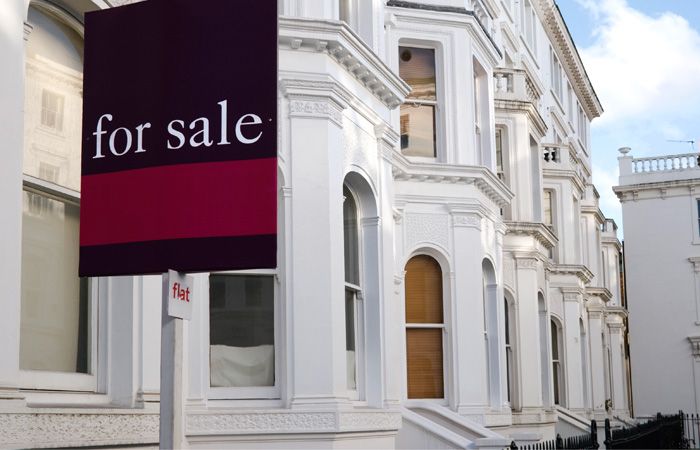House prices in the UK have increased by 4.5 per cent over the last year, according to the Office of National Statistics UK House Price Index – based on Land Registry data.
These figures show that the rate at which house prices are increasing is slowing, this figure for October being slightly lower than the 4.8 per cent annual inflation seen in September.
The ONS said while house price inflation has slowed since mid-2016 it has remained broadly around the 5 per cent mark during 2017.
At the same time the ONS Index of Private Housing Rents show that rental inflation is also easing in many parts of the country.
This index – which is based on November, rather than October figures – showed private rents rose 1.4 per cent in the last 12 months. This is down from the annual increase of 1.5 per cent seen in October.
However, these nationwide averages disguise significant regional variation.
House price inflation in London continues to lag behind the national average, with properties in the capital rising by just 2.1 per cent over the past 12 months. This was the lowest price increase in the English regions.
Rental increases in the capital also lagged, rising by just 0.6 per cent in the 12 months to November.
In contrast, houses prices in the East Midland saw the most rapid growth, with properties in the area increasing in value by an average of 7 per cent over the past year.
However, this region also saw above average increases to rental prices, which increased by 2.7 per cent, against a nationwide average of 1.4 per cent.
Other areas with more buoyant house prices include the South West (up 6.7 per cent year on year), the East of England (up 6.1 per cent) and the West Midlands (up 5.2 per cent).
The North East and Yorkshire and Humber showed below average growth rates, with property prices in these regions rising by 2.4 per cent and 3.3 per cent respectively.
But despite house price inflation in the capital slowing, the average price of property in London is still significantly higher than in other parts of the country.
The average dwelling in the capital now costs £481,000, compared to £322,000 in the South East (the next most expensive region) and £127,000 in the North East, the cheapest region according to Land Registry figures.
The average price of property in the North East is still below the 2007 peak of £139,000. At the same time the average price of property in the capital was £298,000.
Private Finance director Shaun Church says: “Christmas has come early for prospective first-time buyers as house prices ease and the rise in the cost of renting slows.
“With cuts to stamp duty and the Chancellor’s pledge to build hundreds of thousands more homes we could be witnessing a turnaround in the fortunes of struggling would-be homeowners.”
Lender Octane Capital said the October HPI showed there was a significant correction going on in the London property market.
Octane Capital’s chief executive Jonathan Samuels says: “The London slowdown is no fall from grace just a necessary correction following the exuberant price growth of a few years ago. Prices in certain London boroughs are still stratospheric compared to other areas of the country.”
But he predicted that with transaction levels low, the average growth in house prices was likely to remain around its current level.






